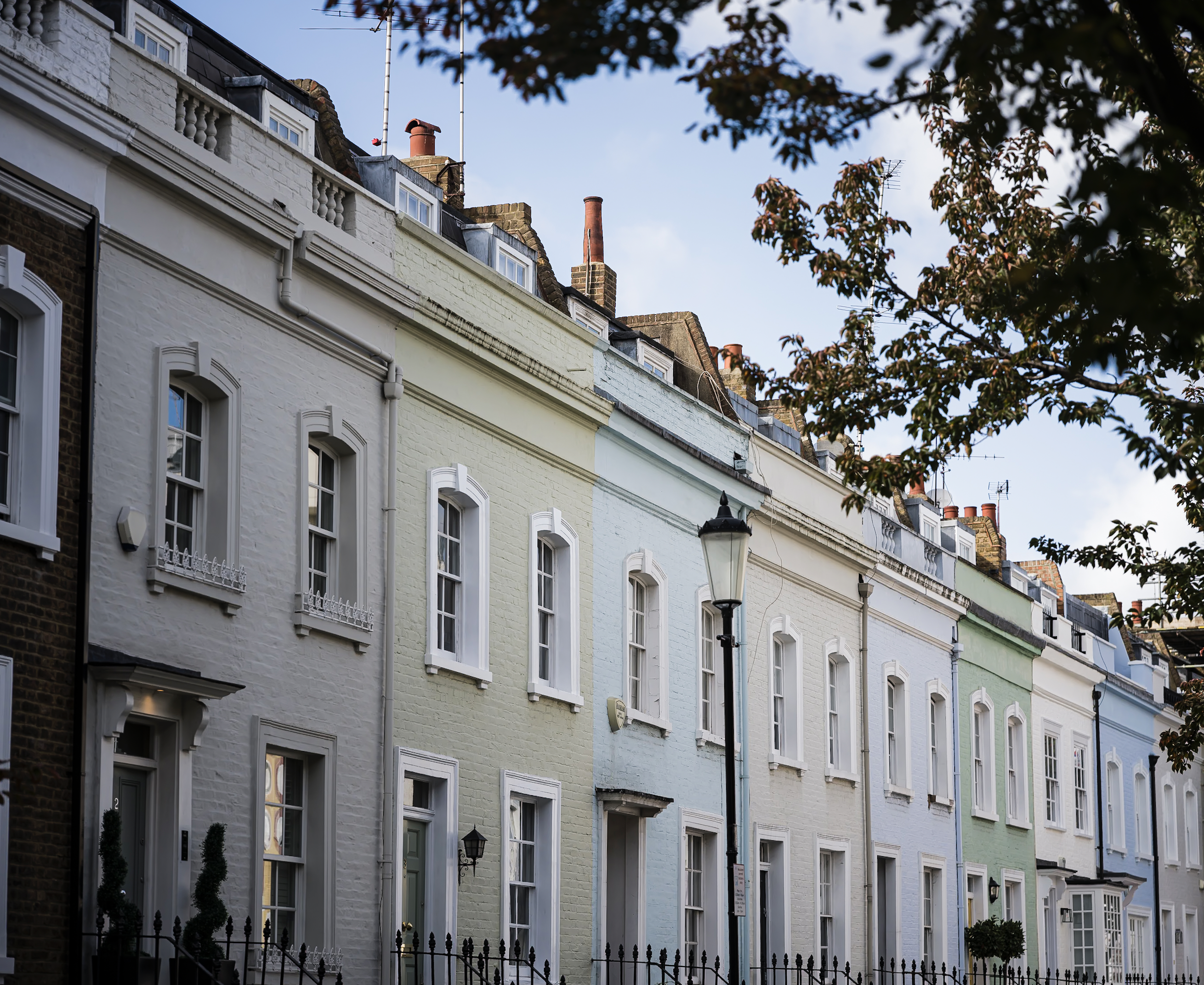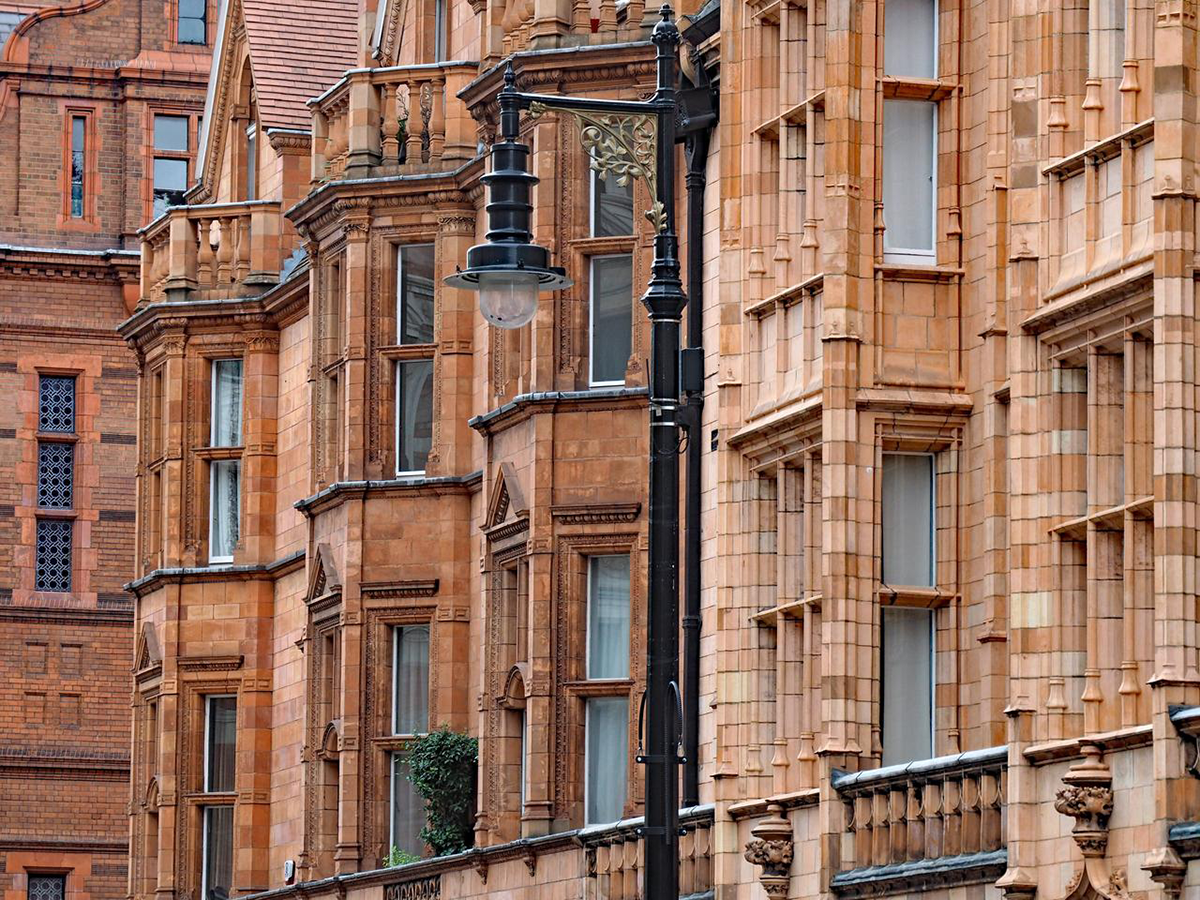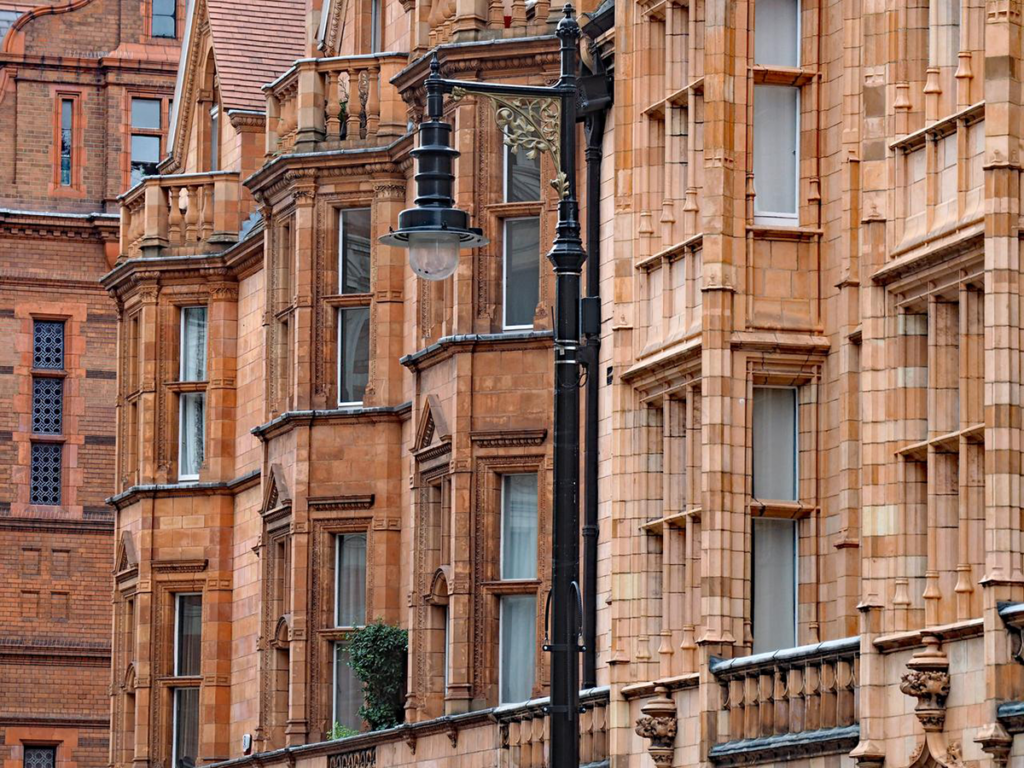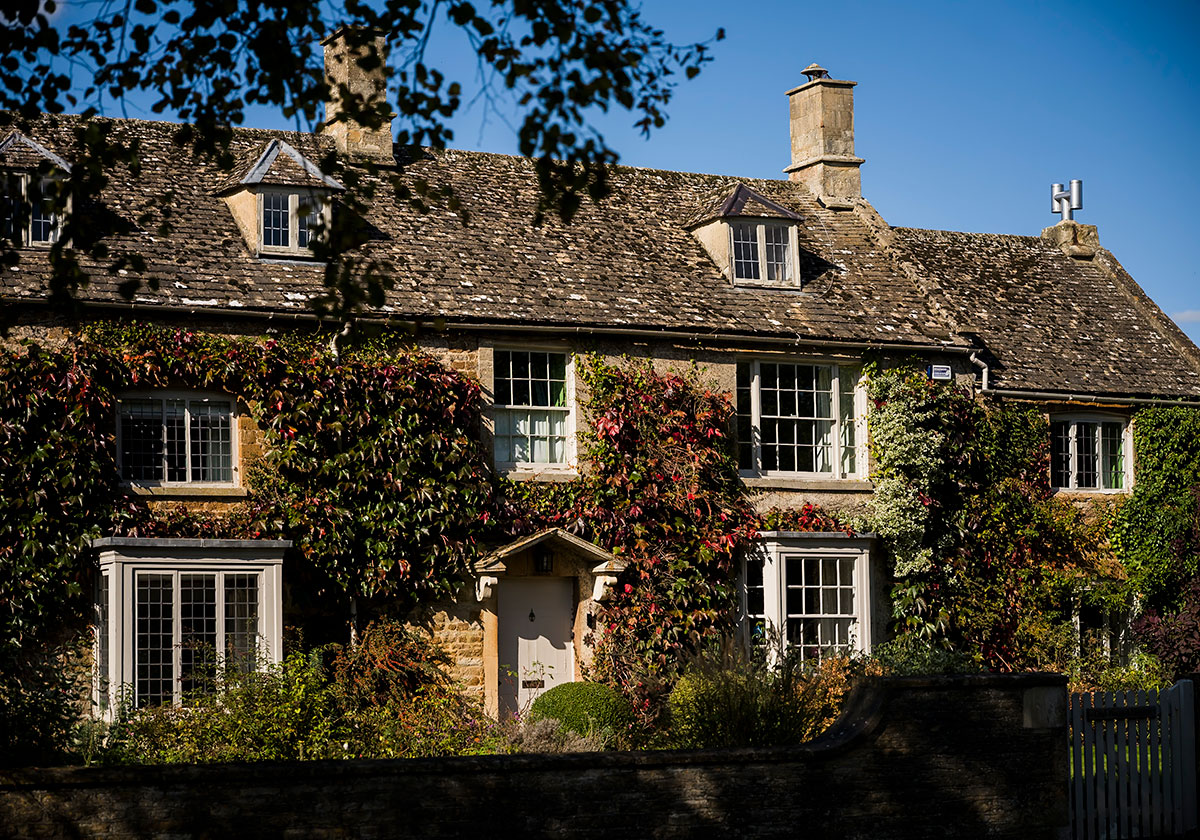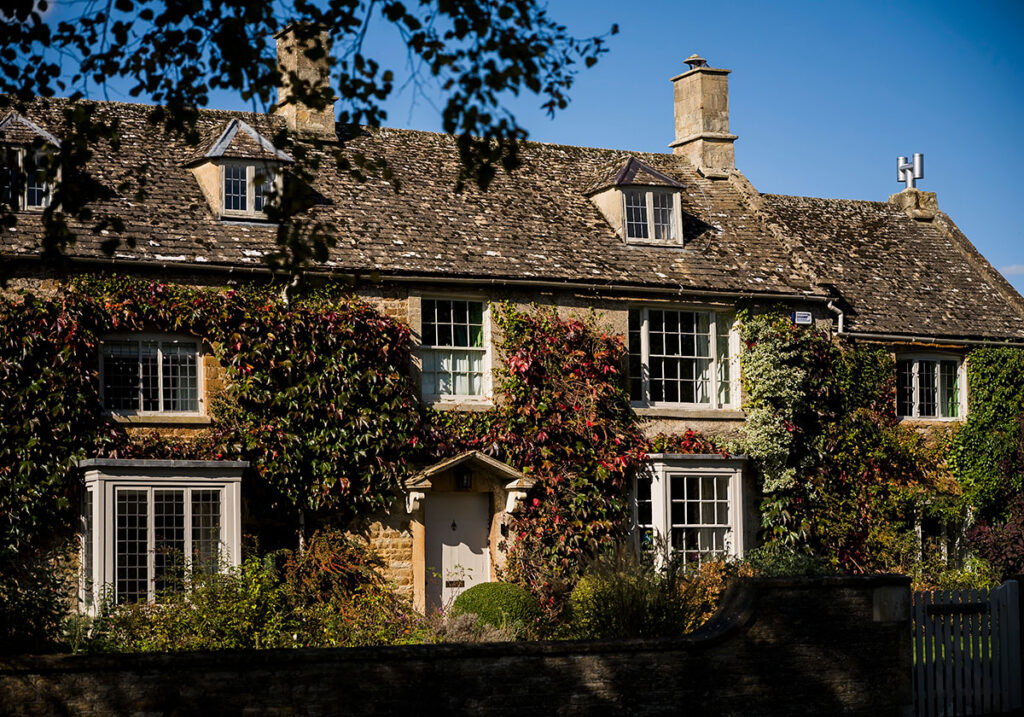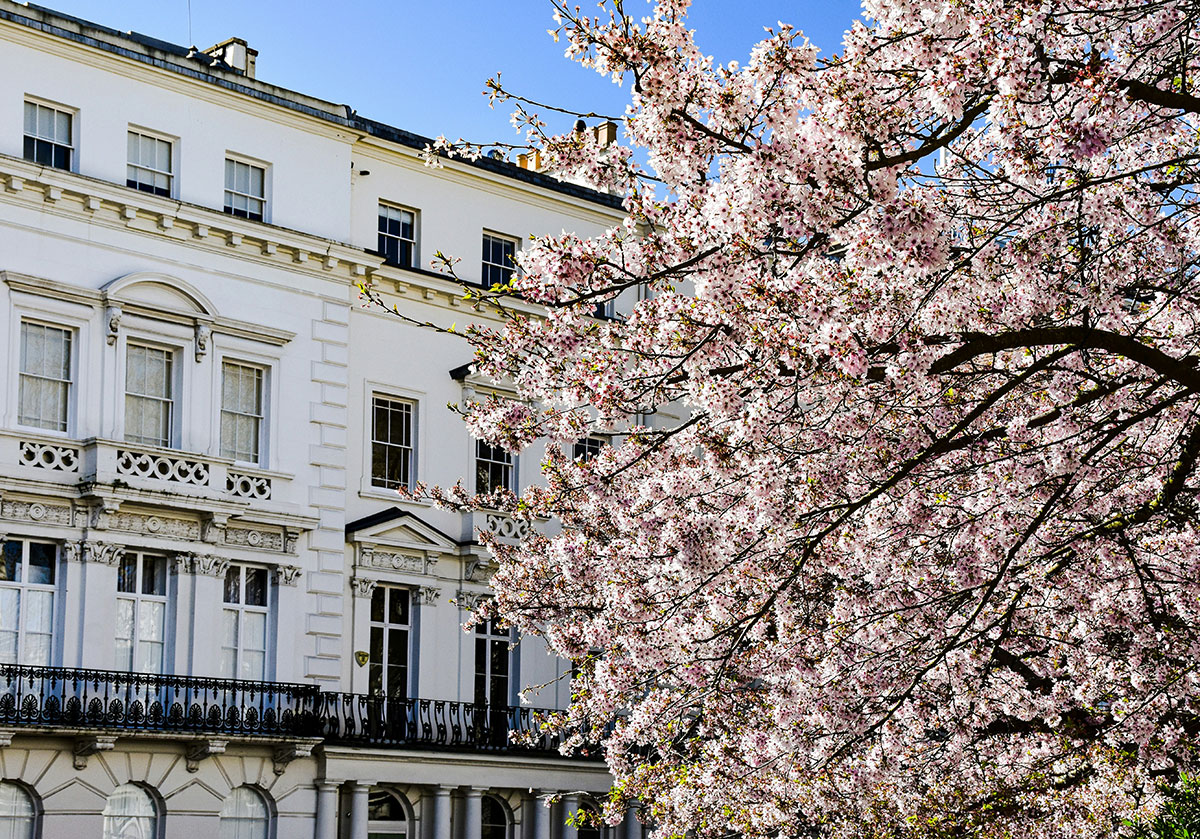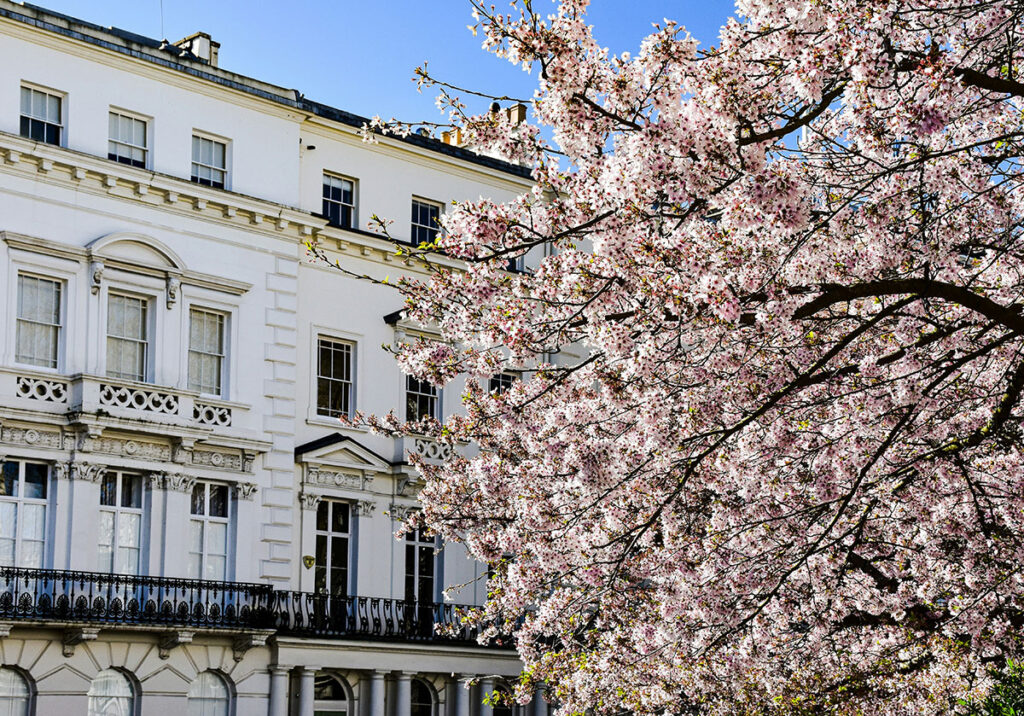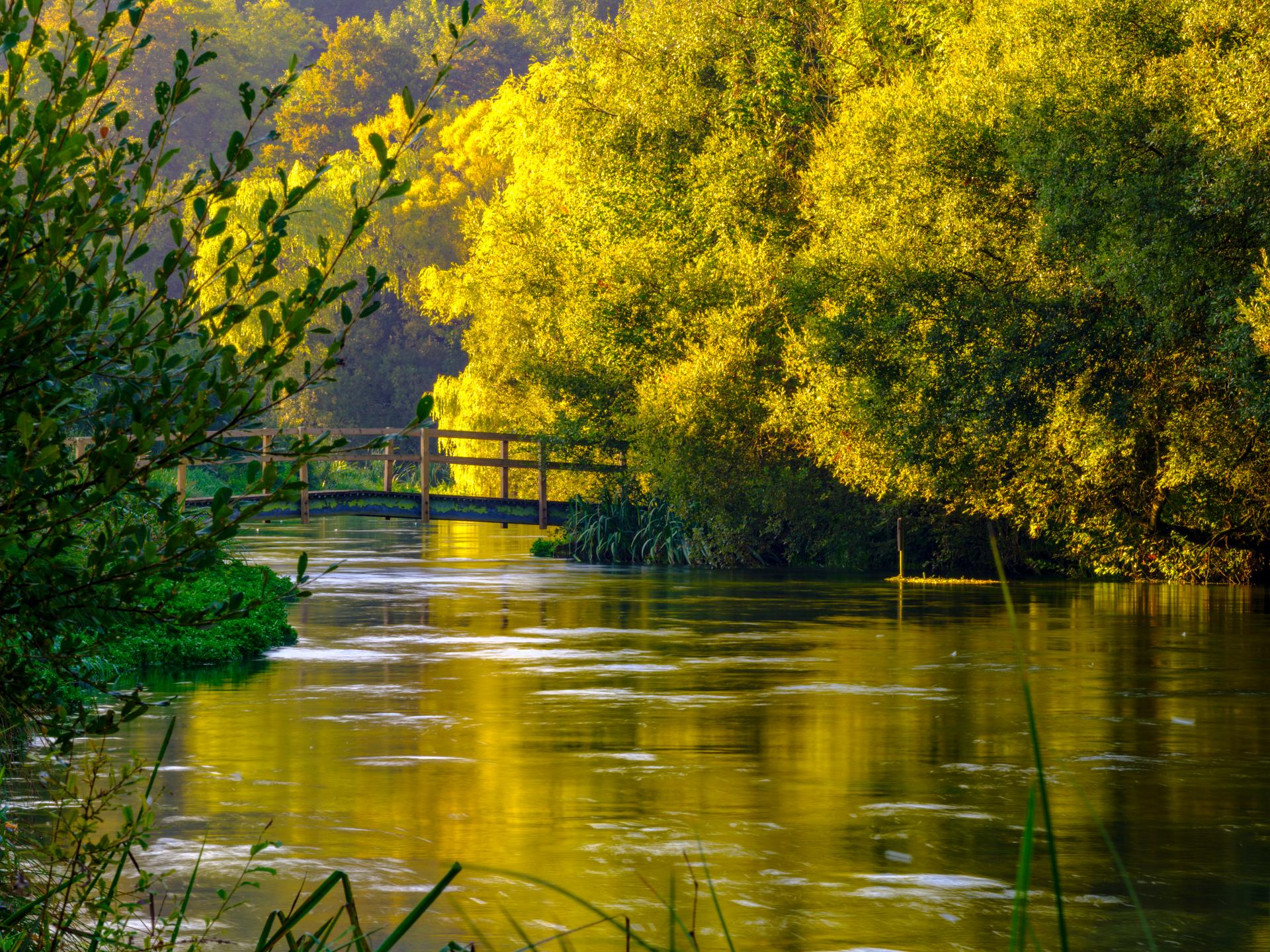These two elegant enclaves of central London are enjoying something of a quiet renaissance. And for buyers who are open-minded – and savvy – there’s real opportunity to be found, writes Will Watson, Head of The Buying Solution
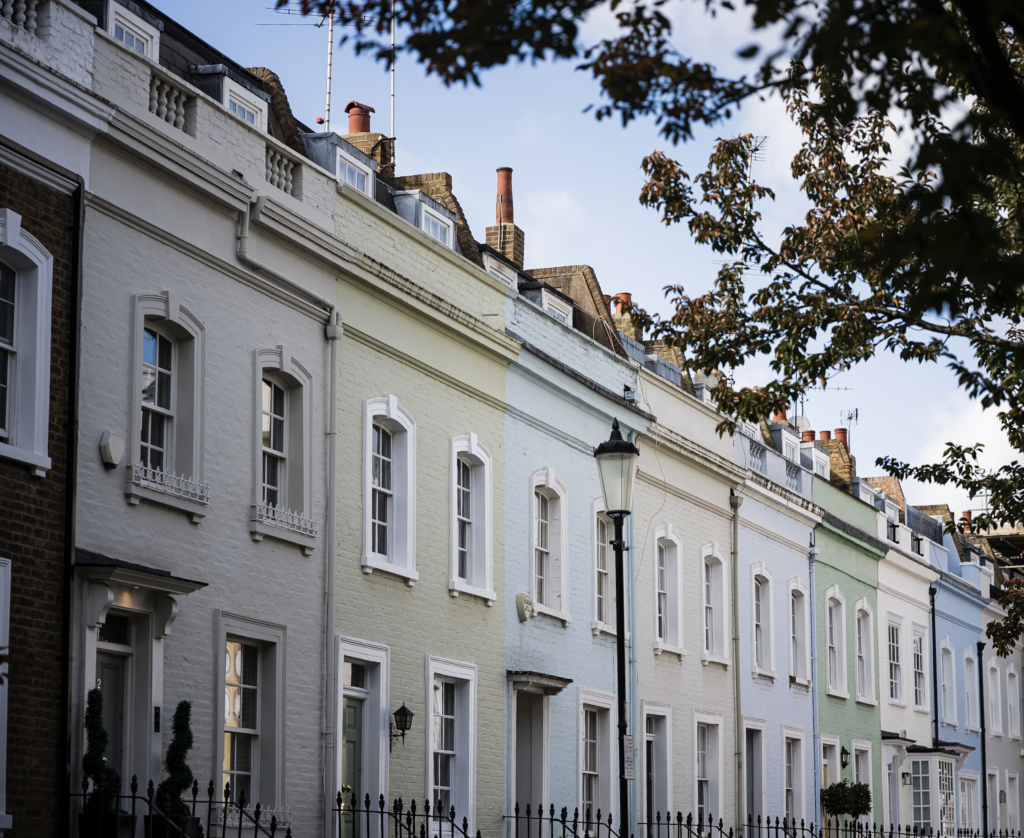
With the RHS Chelsea Flower Show just around the corner, Chelsea and Belgravia – two of the grande dames of Prime Central London – are looking their botanical best. These are neighbourhoods I know intimately, and lately, I’ve found myself encouraging clients to take a second look.
I’ll say it plainly: these two London enclaves haven’t been in vogue recently. They’ve been somewhat edged out of the spotlight by the likes of Notting Hill, Holland Park and Kensington, where demand has surged post-Covid thanks to their broader layouts, lateral space and larger gardens.
But for those willing to broaden their search, Chelsea and Belgravia currently represent some of the best value we’ve seen in over a decade.
The Price Gap That’s Turning Heads
In today’s market, price per square foot is telling. You can now buy in parts of Chelsea and Belgravia for close to £1,500 per square foot. To put that in context, that’s comparable to what you’d pay in some parts of South West London. For Prime Central London postcodes with internationally recognised names, that’s remarkable.
Why the softness? Quite simply, demand hasn’t been as fierce. While overseas buyers and Brits alike have flocked to buzzy West London hotspots, Chelsea and Belgravia have seen quieter activity. That might sound like a disadvantage – but from a buyer’s point of view, it’s exactly the sort of window of opportunity we look for.
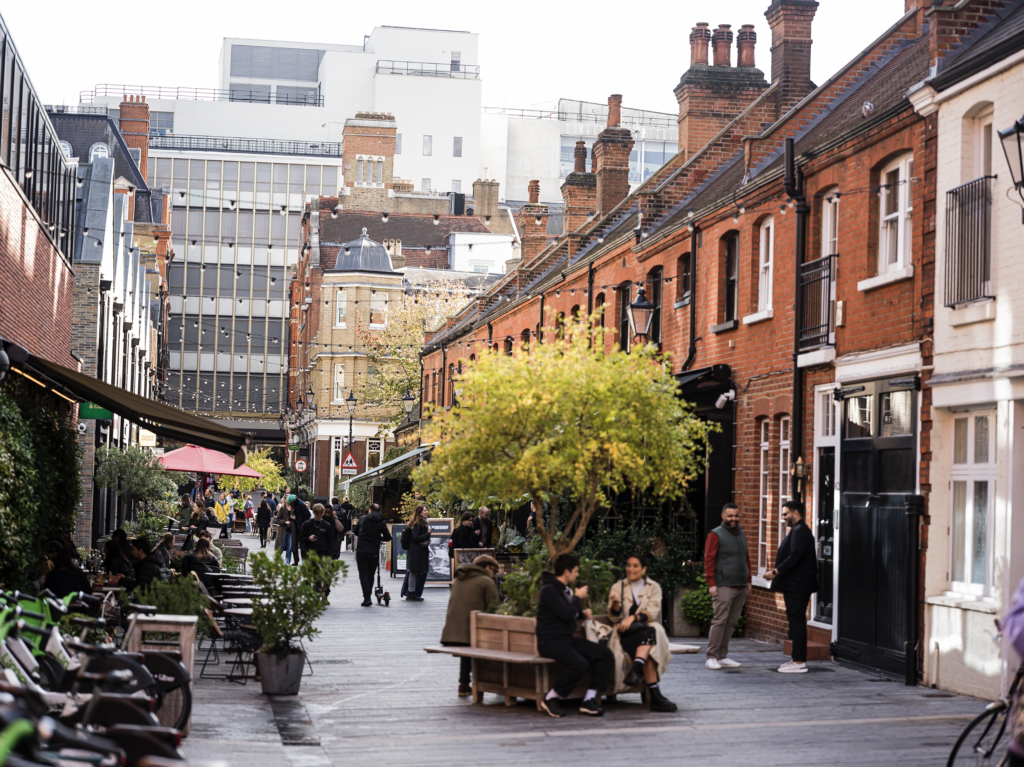
Chelsea: Character, Creativity and Enduring Appeal
Few corners of Prime Central London balance polish and personality quite like Chelsea. Stylish without being showy, it manages the elusive feat of feeling both cosmopolitan and neighbourly – a rarity among its ultra-prime peers.
One of Chelsea’s real strengths is its sense of community. Around the garden squares such as Carlyle, Chelsea and Burton Court – residents come together for seasonal events, weekend markets and school holidays. There’s a rhythm to life here that’s genuinely fulfilling and sets Chelsea apart from shinier but more transient enclaves nearby.
Architecturally, Chelsea is a pleasingly eclectic affair. From Georgian and Victorian townhouses to Arts and Crafts gems and Edwardian villas, it offers more variety than you might expect. That mix makes it feel layered and interesting – never sterile.
The King’s Road still hums with energy, albeit more considered than its 1960s heyday. Today’s blend of designer flagships and independent boutiques gives it a retail relevance that continues to draw discerning shoppers. The Duke of York Square fine food market, held every Saturday, is a weekend staple, and the two-year £46 million refurbishment of Sloane Street has brought a welcome gloss to this already prestigious postcode.
But perhaps Chelsea’s most compelling asset is its artistic pedigree. The blue plaques scattered through the neighbourhood read like a Who’s Who of British cultural history. J.M.W. Turner painted marine scenes just off Cheyne Walk. The Pre-Raphaelites – Rossetti, Holman Hunt, Collier – settled here for the light and the company. Bram Stoker, author of Dracula, lived on St Leonard’s Terrace. The Chelsea Arts Club, founded in 1890, became a hub for creative exchange, and by the 1920s the area boasted the highest concentration of professional artists in London. The author of Mary Poppins, P.L. Travers, lived and worked at 50 Smith Street, just off the King’s Road.
And this artistic tradition continued. From the creation of The Beatles’ seminal Sgt. Pepper’s Lonely Hearts Club Band album cover at Chelsea Manor Studios to punk’s genesis on the King’s Road with Vivienne Westwood and Malcolm McLaren. Today, the Saatchi Gallery in Duke of York Square continues to champion new and provocative talent.
Add to that the Royal Court Theatre’s trailblazing programming – most recently Giant, starring John Lithgow, which transferred to the West End – plus proximity to the South Kensington museums, Battersea Park’s green expanse, and a choice of high-performing schools, and Chelsea’s appeal becomes clear. It is that rare thing: a prime London address with genuine soul.
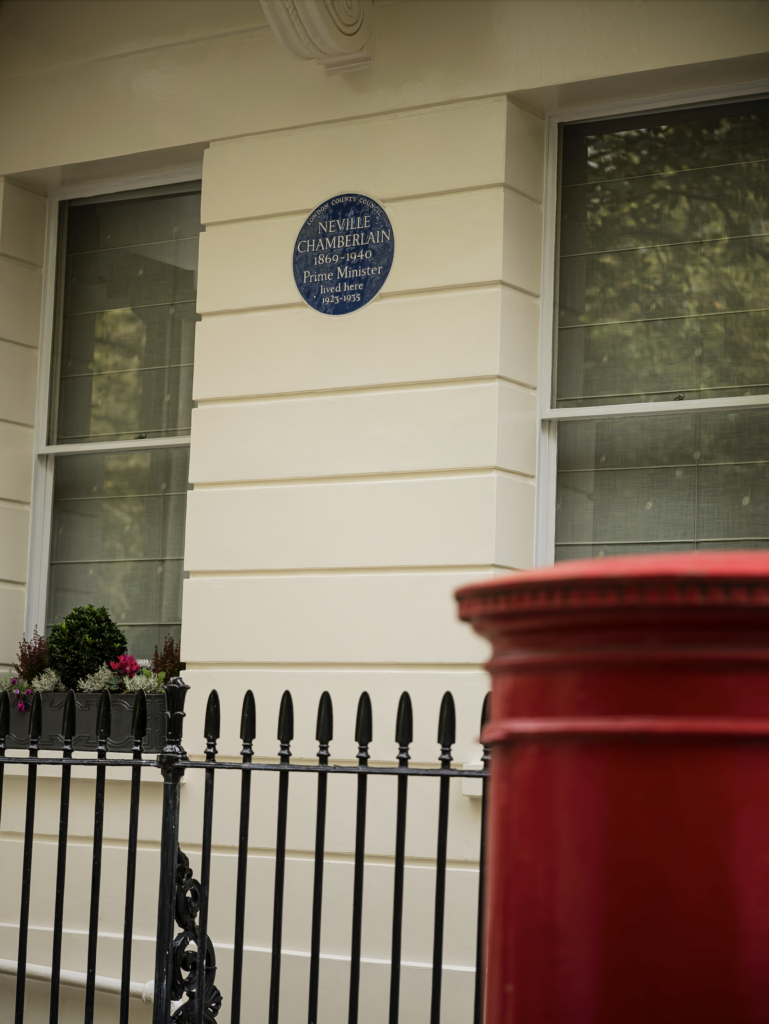
Belgravia: Classical Beauty, Renewed Energy
Belgravia, meanwhile, has always been a symbol of timeless London: grand terraces, private garden squares, and a sense of old-world elegance you simply can’t recreate. Once home to Prime Ministers, actors and rock stars, Belgravia’s cultural cachet is still a draw. What’s exciting today is that it’s being subtly revitalised, attracting a younger buyer.
You only need to walk down Motcomb Street – now pedestrianised and full of life – to feel the change. Independent boutiques, refined restaurants such as Michelin-starred Pétrus by Gordon Ramsay and Amaya, as well as destination hotels The Berkeley and The Hari hotel, give it an international energy. Then there’s Elizabeth Street, near Chester Square – regarded as one of the prettiest streets in London – and full of independent boutiques and cosy pubs and restaurants. It’s where you’ll find the Jo Loves flagship store, famed milliner Philip Treacy, and Samantha Cameron’s label Cefinn, as well as Summerill & Bishop for homeware and the Tomtom Cigars and coffee lounge.
Yes, the architecture here can be formal – these are tall, narrow townhouses, many of them listed. But they’re also beautiful. Eaton Square, Belgrave Square, Chesham Place – these are some of the capital’s most iconic addresses. And for those who value heritage, privacy and centrality, Belgravia is hard to beat.
Its location is one of its strongest assets. You’re on the doorstep of Mayfair, Hyde Park, Sloane Street and the West End – and yet, Belgravia remains incredibly serene. It’s perfect for buyers who want classic London with a dash of discretion. It may not shout for attention – but it quietly impresses.
Why Buy Now?
As well as being neighbours, what ties Chelsea and Belgravia together is their current positioning in the market. While other neighbourhoods such as Notting Hill or Kensington have surged in recent years, Chelsea and Belgravia have remained more stable. And that’s where the opportunity lies.
If you’re buying for the long term, these are well-established, globally recognised locations with incredible fundamentals: beautiful architecture, prime positioning, world-class retail and culture. And because they haven’t been in the spotlight recently, they offer genuine value.
Which is Right for You?
If you want quiet grandeur, proximity to the West End, and architectural consistency, Belgravia delivers. If you’re after a neighbourhood atmosphere, variety and a strong community feel, Chelsea has the edge.
They’re not trying to be trendy, and that’s their strength. These are areas that know who they are – and right now, they offer a compelling combination of stability, style and long-term value.
So when clients ask me where to focus their search in Prime Central London today, I often say: don’t follow the noise. Instead, look where the foundations are strongest – and the future still quietly promising. Chelsea and Belgravia might just surprise you.

Will Watson is Head of The Buying Solution
Explore more of The Buying Solution’s Insights
